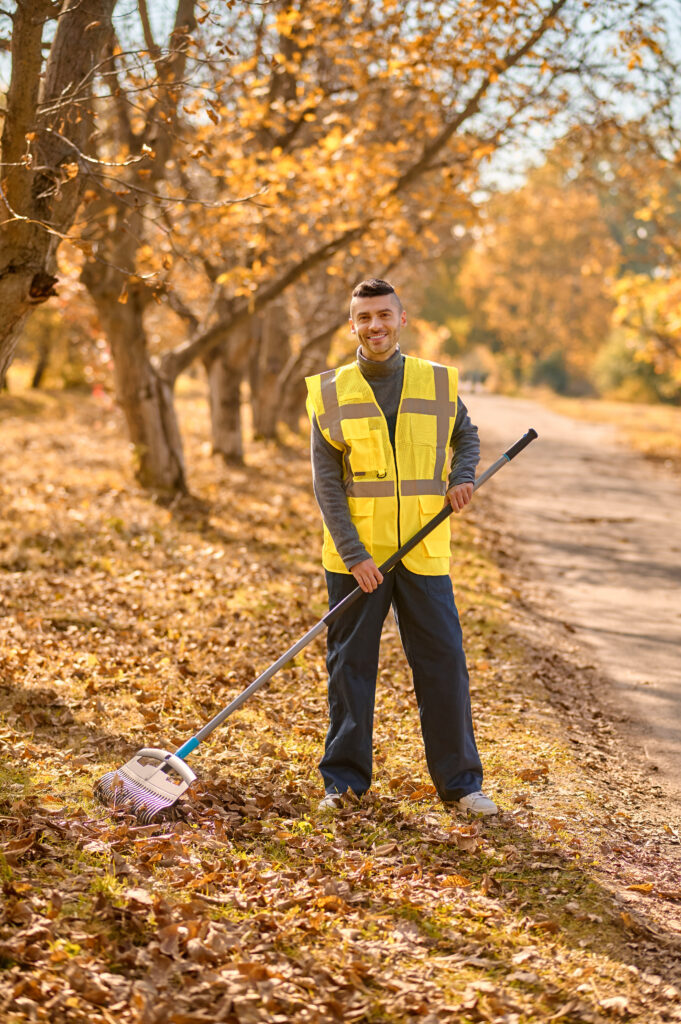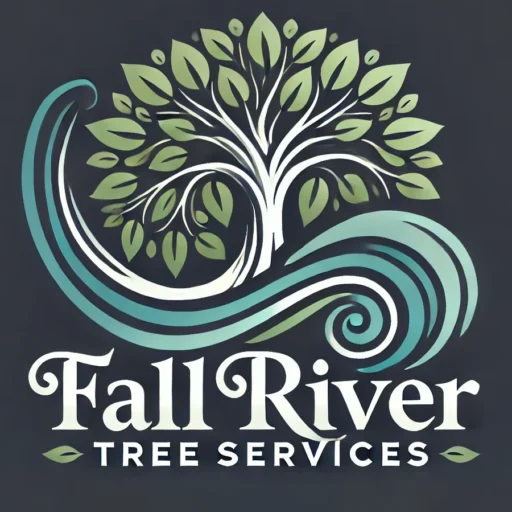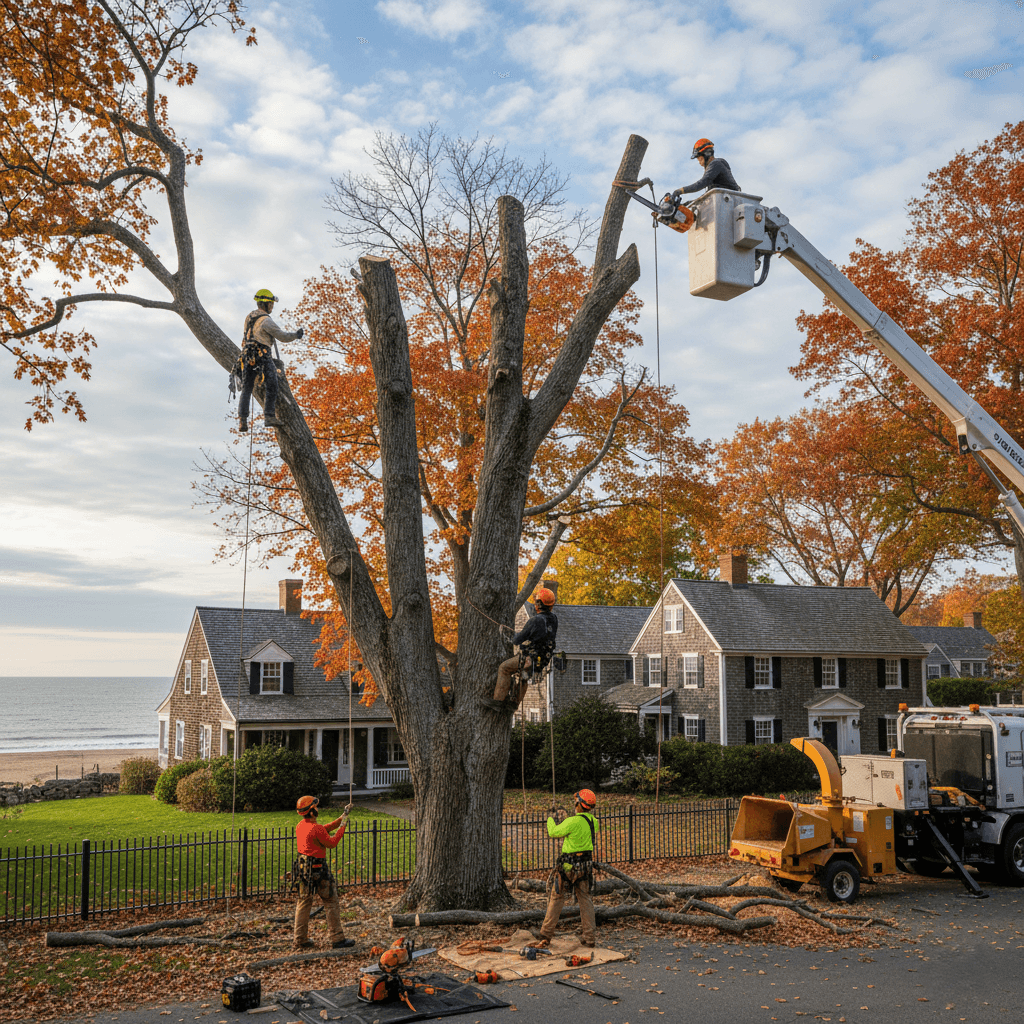Native Trees of Fall River: Selection and Care Guide
The Value of Native Species

Optimal Species Selection
Common Native Species Care
Each native species demands unique care approaches. Red maples require different soil pH levels than white oaks, while river birches need specific moisture management. Professional care plans adapt to these varying needs, ensuring optimal growth and health for each species.
Environmental Benefits
Native trees contribute significantly to Fall River’s ecosystem. They filter air pollutants, reduce urban heat islands, and support critical pollinator populations. Professional maintenance of native species maximizes these environmental benefits while ensuring trees remain healthy and structurally sound.

Disease Prevention
While native trees possess natural resistance, urban conditions can compromise their defenses. Professional monitoring identifies potential issues before they become severe. Regular inspections and preventive treatments help maintain the natural resilience of native species.
Growth Management
Native trees often grow differently in urban settings than in natural forests. Professional pruning and care techniques adapt to these urban growth patterns while maintaining the natural form and benefits of native species. This balanced approach ensures both tree health and property safety.




